BACK TO OUR ROOTS
WHAT DOES THAT MEAN ?
by Eric McGuire
The upcoming FOHBC 2016 National Antique Bottle Convention & Expo to be held in Sacramento, California on August 4 – 7, 2016, is considered to be a “back to our roots” celebration of the beginnings or organized bottle collecting which later developed into the FOHBC. In order to help understand how this interest in bottle collecting came about, I have attached a 13 minute video that I found on the Internet at sacramentohistory.tumblr.com. The underlying significance of this video is important, not only from the standpoint of bottle collecting in Sacramento but its greater implications to the hobby across the entire United States.
The video documents a typical example of the beginnings of the urban renewal of an American city in decline. Its aging infrastructure was so outdated that it was considered more economical to tear it down and start over than try to retrofit it. It was precisely this renewal process that allowed easy access to bottles and other artifacts which were essentially byproducts of the rebuilding process, and which had minimal value to the mainstream socio-cultural and political system of the day. Even the archaeological community had either little interest or resources to take on a salvage project to preserve all that was being destroyed in the urban renewal process during its early years.
A core group of individuals in and around Sacramento, spearheaded by John Tibbitts, took note of this new access to old bottles that were coming to light and decided to form a common interest club in order to share in the knowledge surrounding their interest. Thus was born the first bottle collecting club.
As noted earlier, this concept of urban renewal impacted a multitude of cities across the United States, and the Sacramento club quickly gained members from coast to coast. The federal government was quick to see the economic value in removing urban blight in major urban centers throughout the country, which, as an unintended byproduct resulted in relatively easy access to bottles that had been confined to their earthly grave for over a hundred years.
While the idea of saving historically significant portions of cities was a controversial proposal, there was enough local support in Sacramento to save some of the old structures which, in retrospect, has been one of the most successful elements of the urban renewal process with respect to tourism. What is now known as Old Sacramento State Historic Park has become one of the most important architectural and historical gems of any city in California, and was even looked upon as a model for other cities.
Not long after the formation of the Sacramento bottle club (ABCA), other similar organizations sprang up all across the country. Seeing the value in forming a club and sharing information of a common interest, the Sacramento club proposed to form a larger organization that was initially designed to include all the various local clubs, as well as individuals. This, of course, was the beginnings of the FOHBC, an acronym that originally represented the Federation of Historical Bottle Clubs. The FOHBC then decided to change its name to the Federation of Historical Bottle Collectors, which still stands today.
It wasn’t my original intention to ramble on about the history of the FOHBC, but to introduce this fascinating video that never once mentions bottles but, in fact, describes the major impetus for the beginnings of organized bottle collecting. The video also gives some perspective as to why bottle collecting has changed over the years. Gone are the days of easy access to incredibly historical artifacts that, in the past were worth a small fraction of their value compared to today’s market. But then, a dollar value was not the real reason why people had an interest in bottles, however, it was an element that cannot be denied – especially as the hobby matured. With the relative lack of access to newer finds, the interest has shifted more to a buying and selling market, which is also witness to a rapid increase in the price of some bottles that have evolved to become more desirable. The increase can generally be attributed to a number of factors such as scarcity, aesthetic qualities such as color, or historical interest. Those factors had not become clearly defined during the formative years of collecting.
I seriously doubt that we will ever see the return of those earlier days of the 1960s and 1970s. We must rely on the diminishing numbers of hardy souls who still use a shovel in order to replenish a declining stock of supply. Furthermore, when I attend recent bottle shows, I see a lot of grey hair – not good candidates for heavy shovel work. I doubt that bottle digging will ever completely go away as the economic rewards of finding certain desirable bottles are far greater than they were in the past.
While this video will be somewhat boring to some, one must keep in mind the significance to bottle collecting as we know it today. The urban renewal program gave a huge jump-start to a hobby that many of us enjoy today.
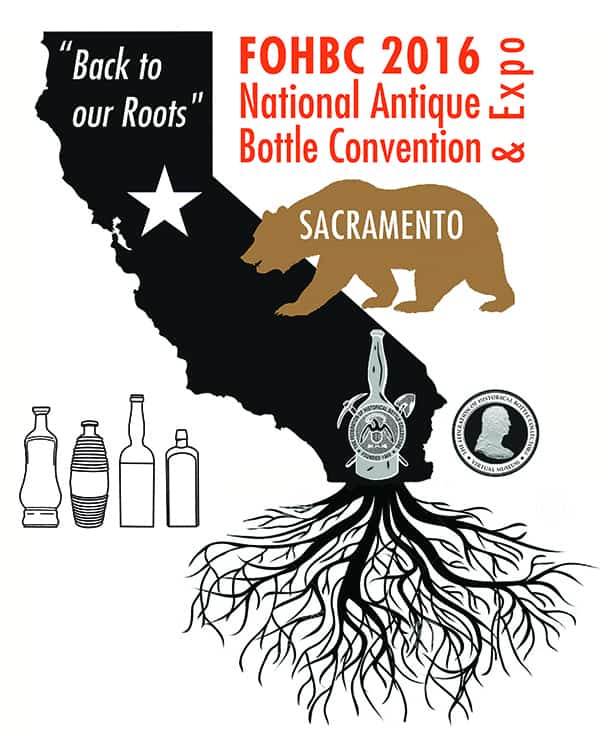
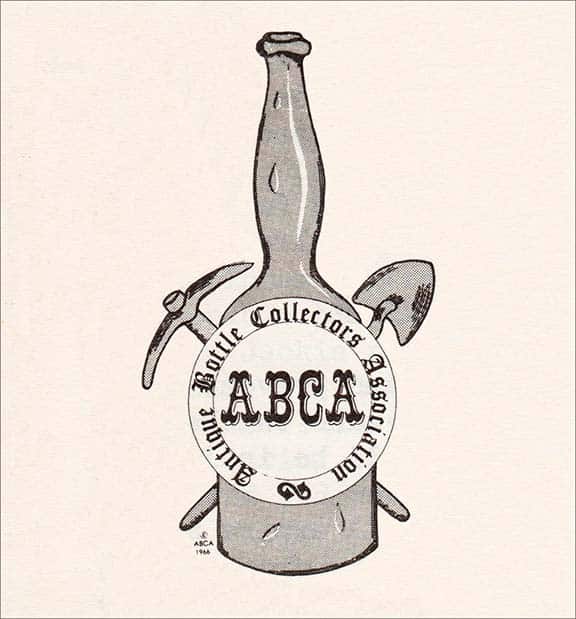
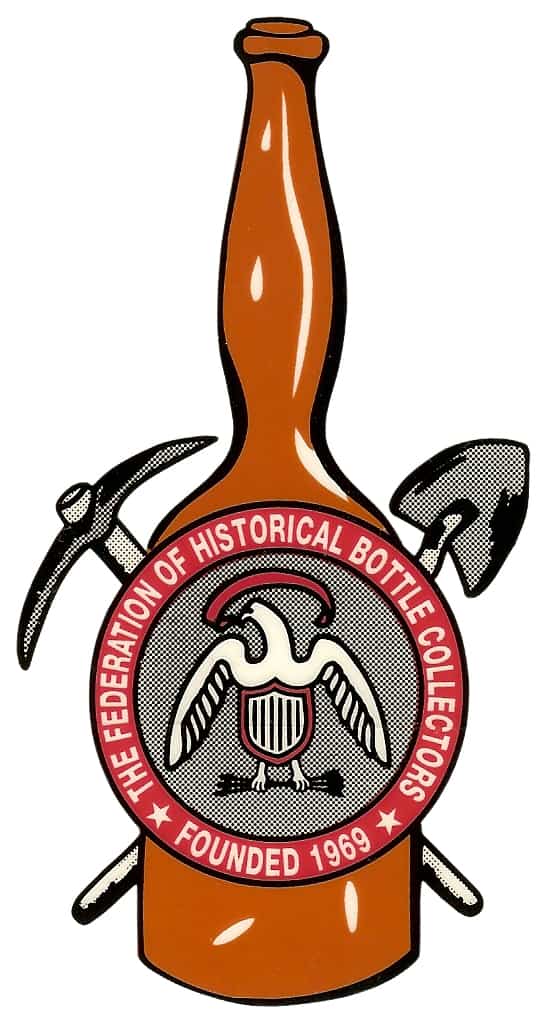

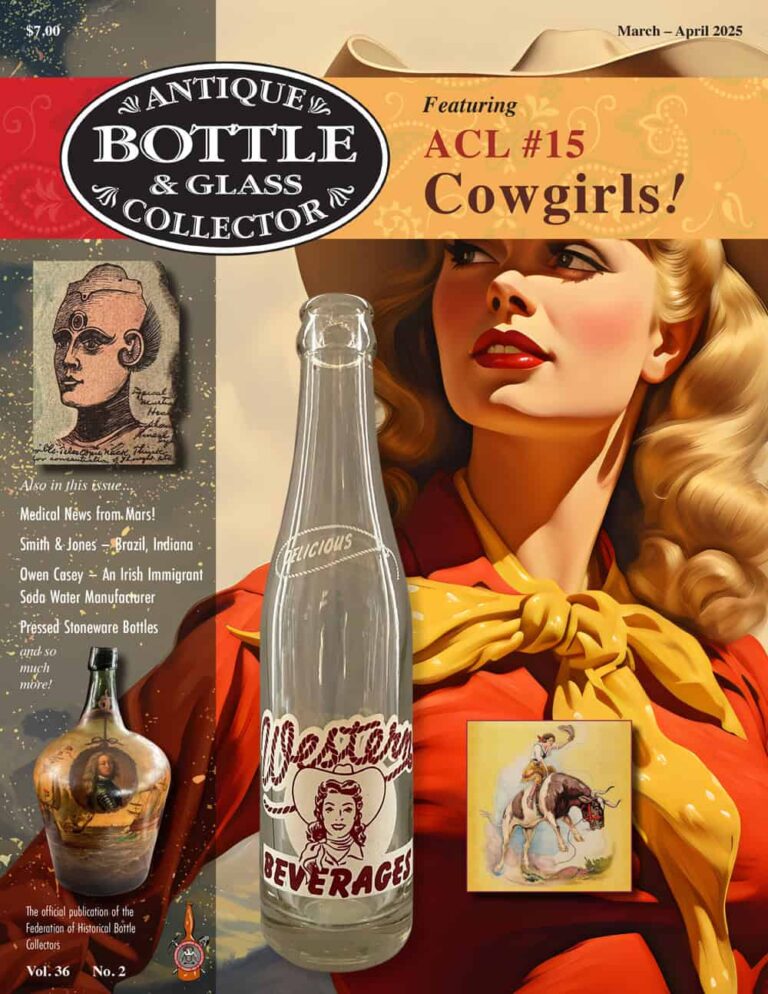
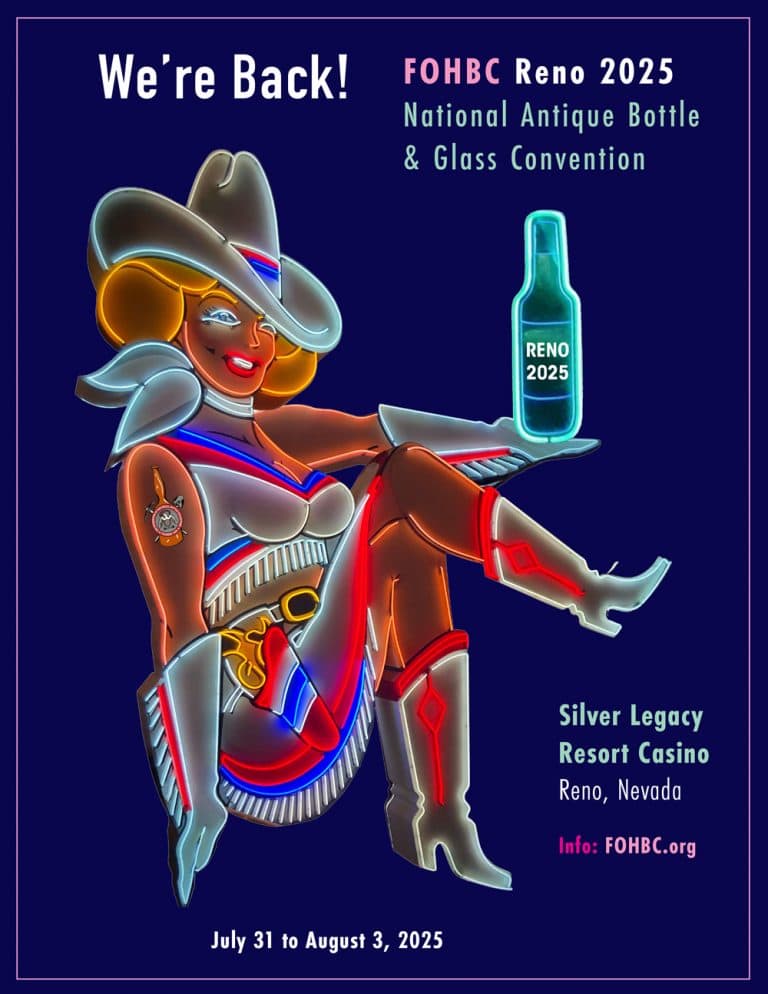


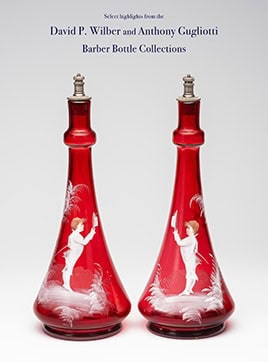


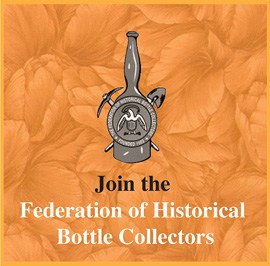
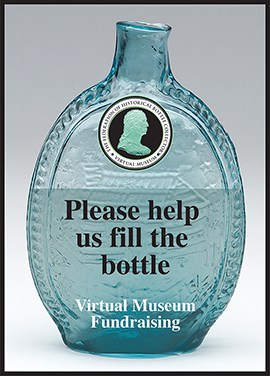
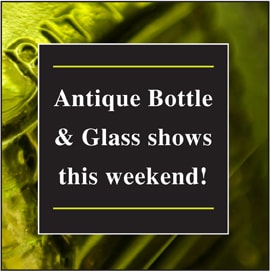


Leave a Reply
You must be logged in to post a comment.